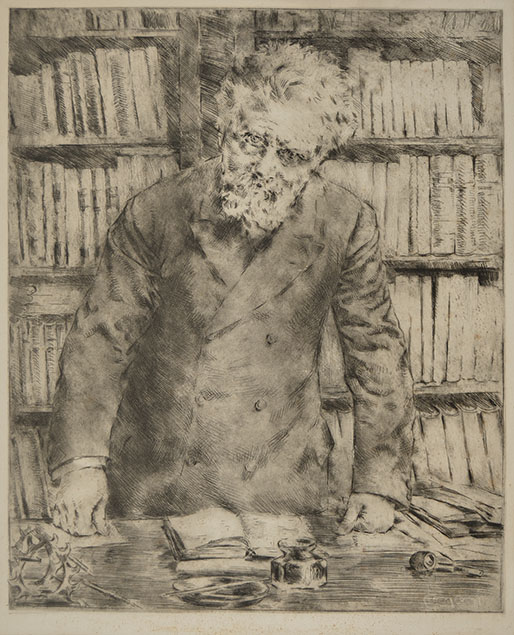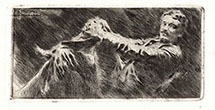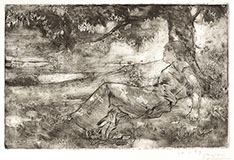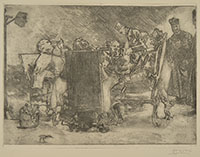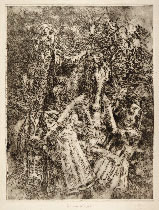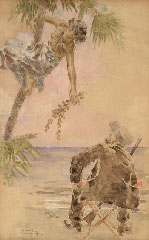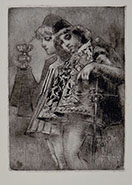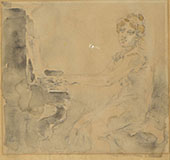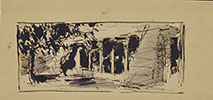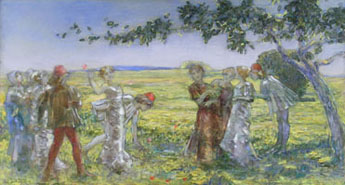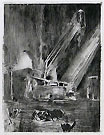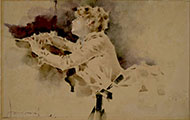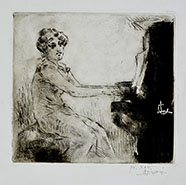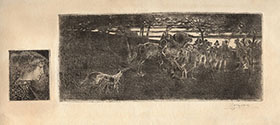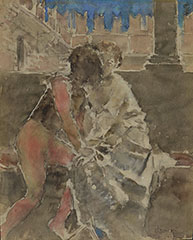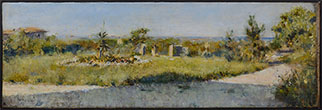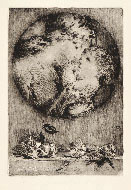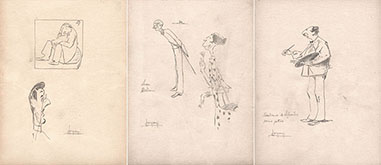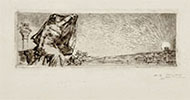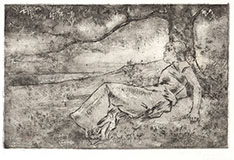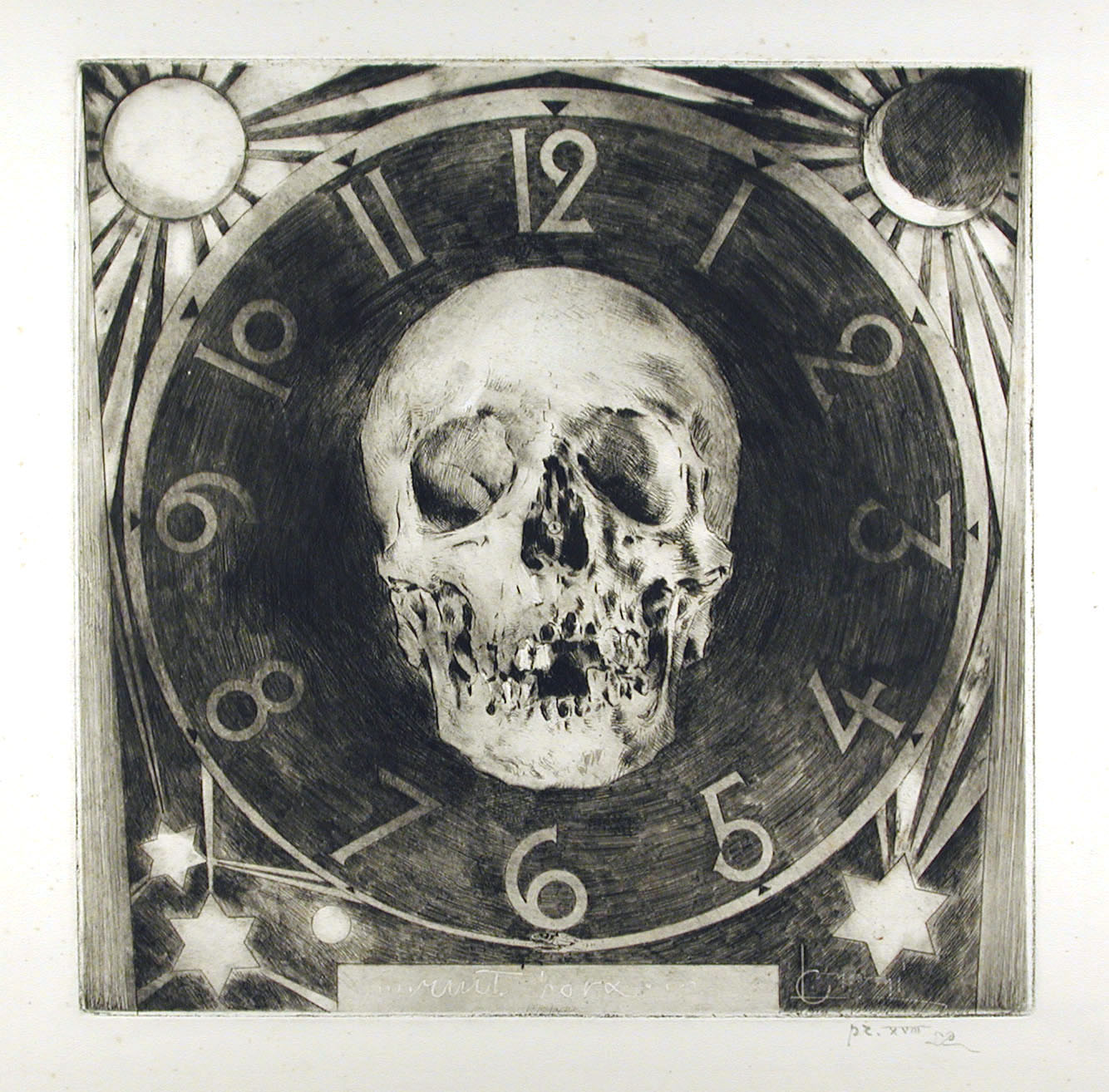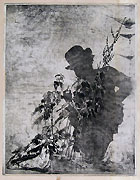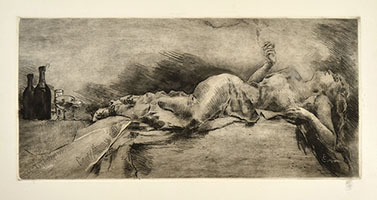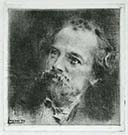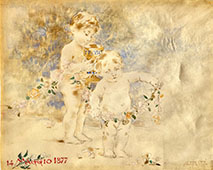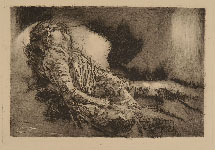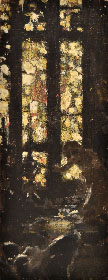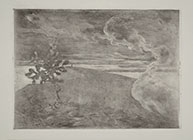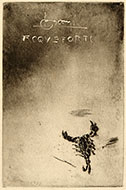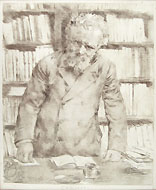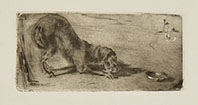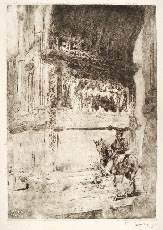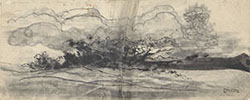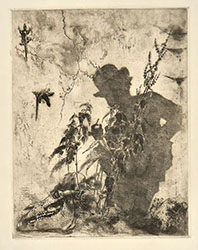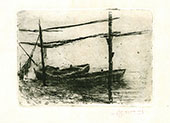(Milan 1852 - 1917)
GIOSUE' CARDUCCI, 1907
Etching (acquaforte monotipata), 1907. A fine impression titled in black chalk on the bottom CARDUCCI, skillfully printed with black ink working on the surface tone, on thick wove white paper. Signed LConconi bottom right, in the film of ink left in the plate. Titled numbered and signed at the bottom margin in red chalk, Carducci / prova 43 / LConconi. Most of the chalk is missed but the inscription is well readable, indented in the paper. Slight foxing; 530 x 440 mm. See M. Bianchi, G. Ginex, Luigi Conconi incisore, Milan, 1994; cat. no. 51.
According to Bianchi and Ginex, there should be a second state of the etching in addition to the one they describe. The scholars base their hypothesis on the fact that on the impression kept at the Bertarelli collection in Milan Conconi indicated in pencil that it was a first state.
However, since a state subsequent to the known one has never been found, the writing probably indicates an intention never realized.
Here on my site I present a pristine state of the work, unknown to the two scholars.
The portrait of the Italian poet Giosuè Carducci has been etched by Conconi to participate in a competition organized by the Reale Calcografia of Rome to celebrate the achievement by Carducci of the Nobel Prize for literature in 1906.
REDUCED PRICE
previous price was € 1500
Conconi studied architecture at the Accademia di Brera and the Politecnico di Milano. He came into contact with members of the literary and artistic circles of the Scapigliatura – the Italian equivalent of the French Bohème– notably Tranquillo Cremona and Daniele Ranzoni, both of whom influenced his early paintings. In the 1880s Conconi moved from the Realism of Scapigliatura toward Symbolism. The awards he received in Paris in 1900 and Munich in 1913 led to his international recognition.
Conconi, who personally saw to the production of virtually all his plates, was the leading exponent in Lombardy of Acquaforte monotipata. This technique involved the artist drawing directly onto the ink covering the plate, prior to pulling the impression. In this way each resultant print has different characteristics.
